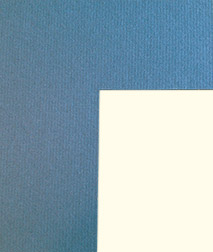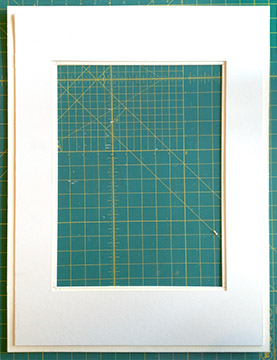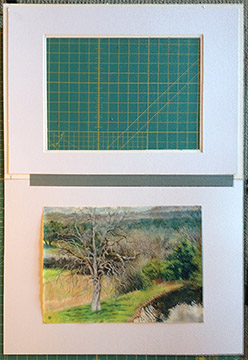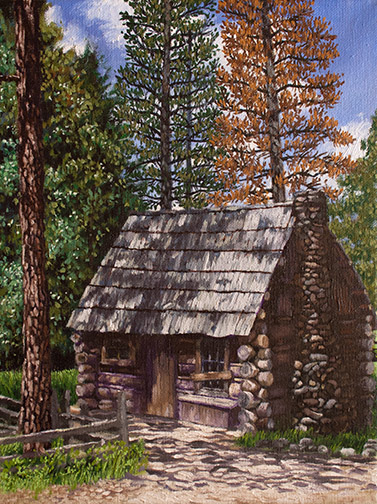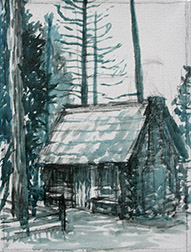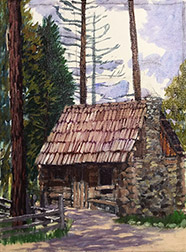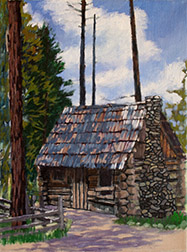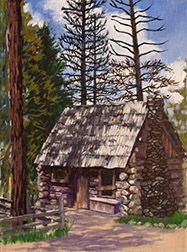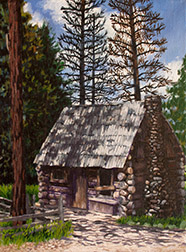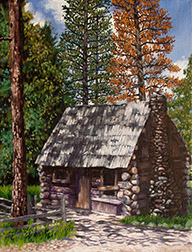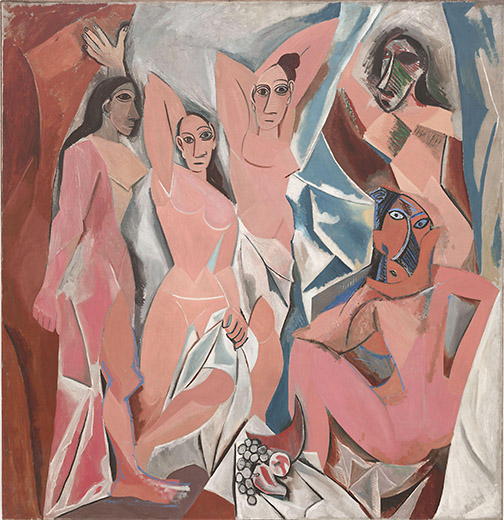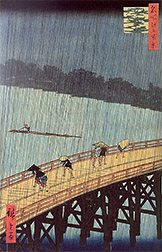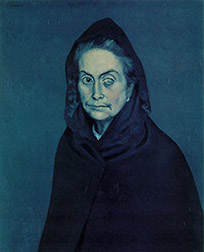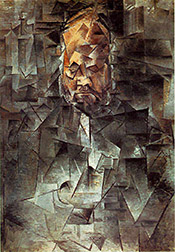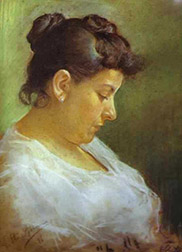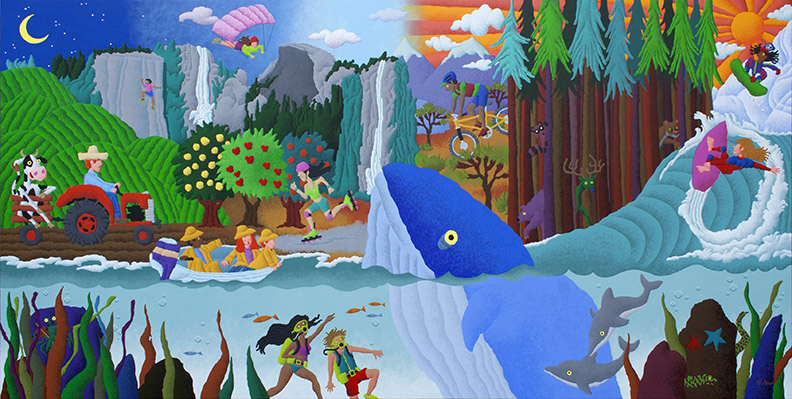
I love that Dylan song! It’s Bob at his best, raising an intimate toast to an individual, he identifies all the challenges, pitfalls and fears we face throughout life and, possibly, gives criticism to a youth who dismisses all those older than herself. But that’s not what this post is about.
I’ve been fortunate to have worn a lot of creative hats throughout adult life: tv graphic artist, print illustrator and graphic designer, animation director, game creative director and fine artist. Some of my favorite work has been aimed at children.
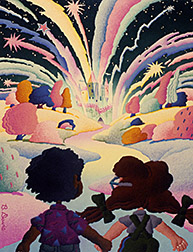
I love kids! Everyone says that, but I really mean it. They crack me up in a way adults rarely do. They’ve figured a lot of things out for themselves, often wrongly, but share this misguided information with love and confidence. Maybe I enjoy their company so much, because there is still much about me that is a child. I’m pretty good at being an adult too. I happily accept responsibility and deliver my best, when others are depending on me. I’m happy to share anything I’ve learned, but enjoy many of the same things children do.
I love pure, non-local color. I want to paint things in the colors I choose, not necessarily the colors nature has assigned to things. I’m also most intrigued with that I’ve never encountered before, the first book in a new genre (I remember my ravaging my first Marquez book), a painter or illustrator with a new take on the everyday (VanGogh blew my mind, when I was 7 or 8 years old), new music, I mean really new, something I haven’t heard before. This joy in surprise is probably why I enjoy abstracting so much.

So, no surprise, I’ve always been attracted to illustrated children’s books. I love the anything goes approach in the content and the often experimental illustration. I’ve been fortunate to create a lot of artwork for children. I illustrated a lot of text books and workbooks (the most fun), early in my career and was a monthly contributor to all the magazines produced by Sesame Street Workshop in the ’80s.
I was recently commissioned to created a 3′ x 6′ painting for Valley Children’s Hospital, in Madera, CA. That painting led to orders from multiple other children’s hospitals for large gicleé prints of the earlier described work I created for kids.
The work is living a second life. The best kind of life, one offering distraction and lifting the spirits of children and their families, if just for a short time, while they face the greatest challenges of their young lives. May you stay forever young!

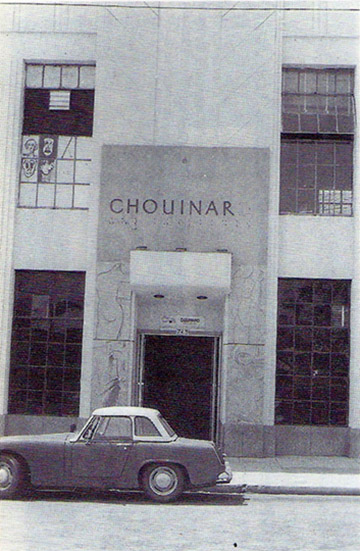
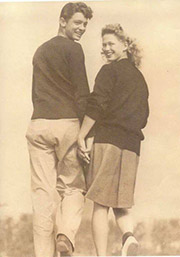
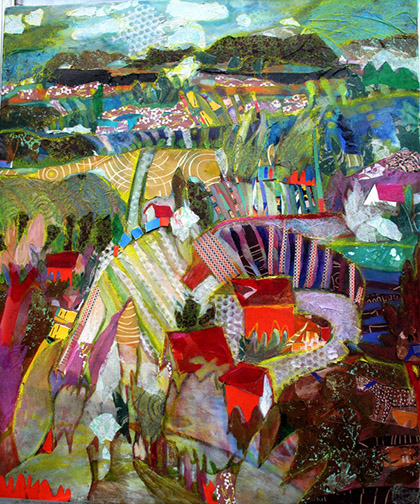
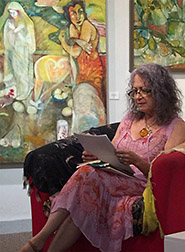

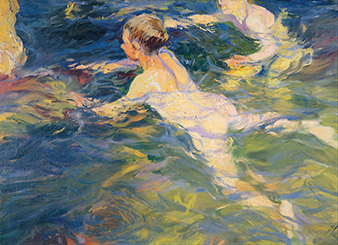
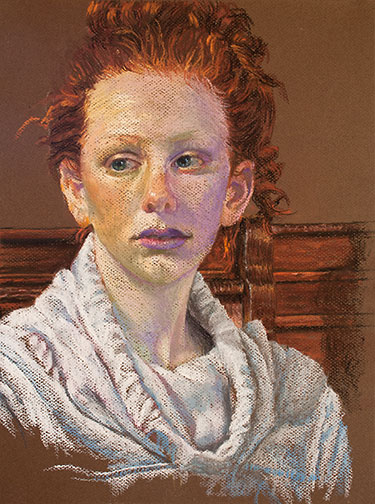
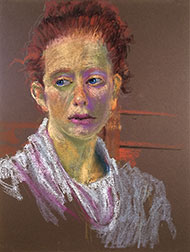
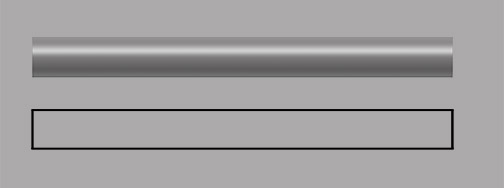
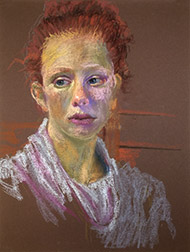
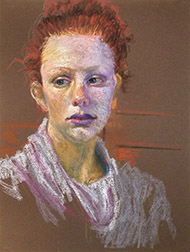
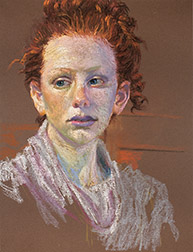 Another session, a longer one, and I had time to make a lot of progress. I finalized the shape of her face, made more changes to her facial skin tones, did a bit more work on her mouth, did a lot of work on her hair (I changed the shape and I added darks and lights) and I began to work on her neck with some new cool pale blues and some lights. I also reconstructed her ears.
Another session, a longer one, and I had time to make a lot of progress. I finalized the shape of her face, made more changes to her facial skin tones, did a bit more work on her mouth, did a lot of work on her hair (I changed the shape and I added darks and lights) and I began to work on her neck with some new cool pale blues and some lights. I also reconstructed her ears.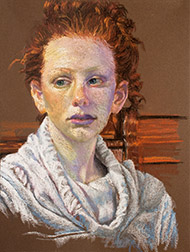
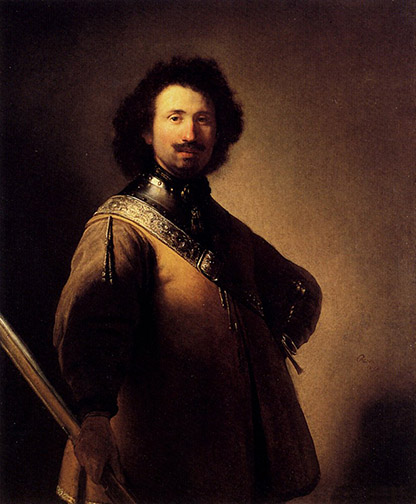

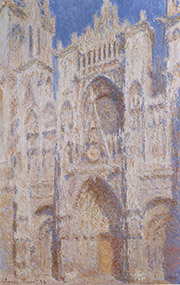
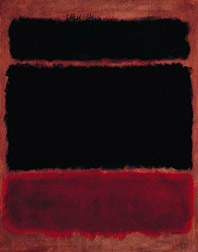
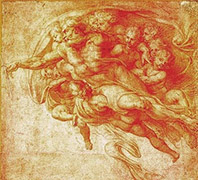

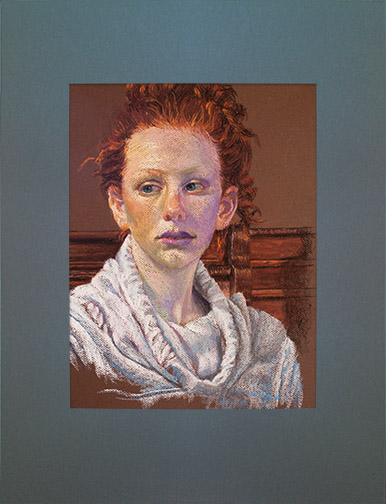
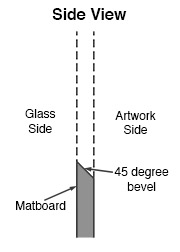 Key to this system is that you cut your mat with a 45 degree bevel, but reverse the bevel so the 45 degree cut edge faces inward, towards the artwork, not outward towards the glass, as it normally would. When cut correctly, you see a sharp edge on the inside of the mat surrounding your artwork, not the 45 degree cut edge that reveals the center color of the matboard (generally white).
Key to this system is that you cut your mat with a 45 degree bevel, but reverse the bevel so the 45 degree cut edge faces inward, towards the artwork, not outward towards the glass, as it normally would. When cut correctly, you see a sharp edge on the inside of the mat surrounding your artwork, not the 45 degree cut edge that reveals the center color of the matboard (generally white).